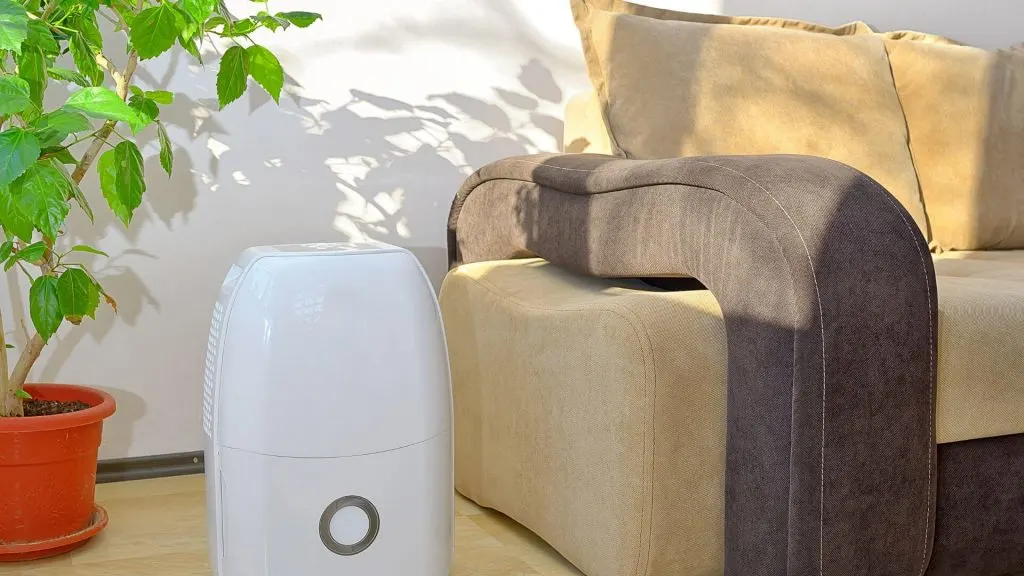Do you have walls with peeling paint, discolored wallpaper, or an unpleasant musty odor in your home? If so, there’s a good chance that you could be suffering from dampness. Damp can cause serious damage to your property and it’s important to get it sorted quickly before any further harm occurs. In this blog post, we’ll explain how you can spot the signs of dampness and what should be done if you find it in your own home. Keep reading to discover more about tackling damp problems – whether big or small – and safeguarding against future issues!

Work With Professional Surveyors
Engaging the services of professional surveyors is a highly recommended step in diagnosing and addressing damp issues. These experts have in-depth knowledge and state-of-the-art tools to carry out a thorough assessment of your property. They can identify the source and extent of the dampness, whether it’s rising dampness, penetrating dampness, or condensation. You should be looking for terms such as damp surveyors near me to find professionals offering home surveys for dampness. This is the first step in getting an accurate diagnosis and a plan of action for resolving the problem. Just remember, not all damping is created equal, and different types of damping will require specific treatment methods.
Visible Mold Growth
One of the most common and visible signs of dampness is mold growth. Mold thrives in damp conditions and can appear as small black spots or larger patches of blue, green, or even white fuzz on your walls, ceilings, or furniture. It can also grow behind furniture or in hidden corners, so it’s essential to thoroughly inspect your home. While mold is unsightly and can ruin your property’s aesthetics, it’s also a health hazard. Mold spore exposure can cause allergies, respiratory disorders, and other health concerns. Therefore, if you notice any mold growth, it’s a clear sign that you have a damp problem that needs immediate attention. Mold removal should be conducted by professionals to ensure all the spores are eradicated and to prevent future growth.
Damp or Wet Patches on Walls and Ceilings
Another telltale sign of dampness in your home is the presence of damp patches on your walls and ceilings. These patches may initially present as slight discoloration, but over time, can become darker and more noticeable. They are typically a result of water seeping into your home, either from external sources (like rainwater penetrating through the roof or walls) or internal ones (like leaks from pipes or excess humidity).
These damp patches often feel cold to the touch and may also be accompanied by a musty smell. A particularly worrying sign is if these patches start to ‘sweat’ or drip – this indicates a high level of water saturation and could potentially lead to structural damage if not addressed promptly. Just like mold, these damp patches signify a damp problem that should be tackled as soon as possible to prevent further harm to your property.
Condensation Problems
Condensation is another strong indicator of a damp issue within your home. This typically occurs when warm, moisture-laden air comes into contact with cooler surfaces, such as windows or walls, causing the excess moisture to condense into droplets of water. You will often see this manifest as water droplets or a ‘fog’ on the inside of your windows, particularly during colder months. In severe cases, you may also notice water pooling on windowsills or even dripping down walls.
While condensation may seem harmless initially, if left unchecked, it can contribute to a damp environment perfect for mold growth and structural damage. It’s especially common in areas of the home with high humidity levels, such as bathrooms and kitchens. Therefore, maintaining good ventilation in these areas, as well as throughout your home, can help to regulate humidity levels and prevent condensation. If your home continues to experience condensation issues, it’s wise to seek professional advice to identify and address the underlying causes.

Deterioration of Plaster or Wallpaper
A less obvious but equally concerning sign of dampness in your property is the deterioration of plaster or wallpaper. Dampness can cause wallpaper to peel or bubble and plaster to crumble or flake away. In more severe cases, you might even notice salt deposits or a powdery substance on your walls – these are known as efflorescence, a clear indication of considerable damp issues.
The crumbling plaster or peeling wallpaper acts as a warning sign that moisture is infiltrating your walls, ultimately damaging the structural integrity of your home. If left unchecked, this can lead to more significant problems in the future including costly repairs. Therefore, if you begin to notice any unusual changes in your plaster or wallpaper, it’s a good idea to contact a professional immediately to address any possible underlying damp issues.
In conclusion, dampness is a common problem that can have serious consequences if not addressed promptly and correctly. By being aware of the signs of dampness in your home, you can take action early and prevent any potential damage to your property. Remember to consult professionals for a thorough survey and seek their advice on how to tackle the specific type of damping affecting your home.

Jessi is the creative mind behind The Coffee Mom, a popular blog that combines parenting advice, travel tips, and a love for all things Disney. As a trusted Disney influencer and passionate storyteller, Jessi’s authentic insights and relatable content resonate with readers worldwide.
